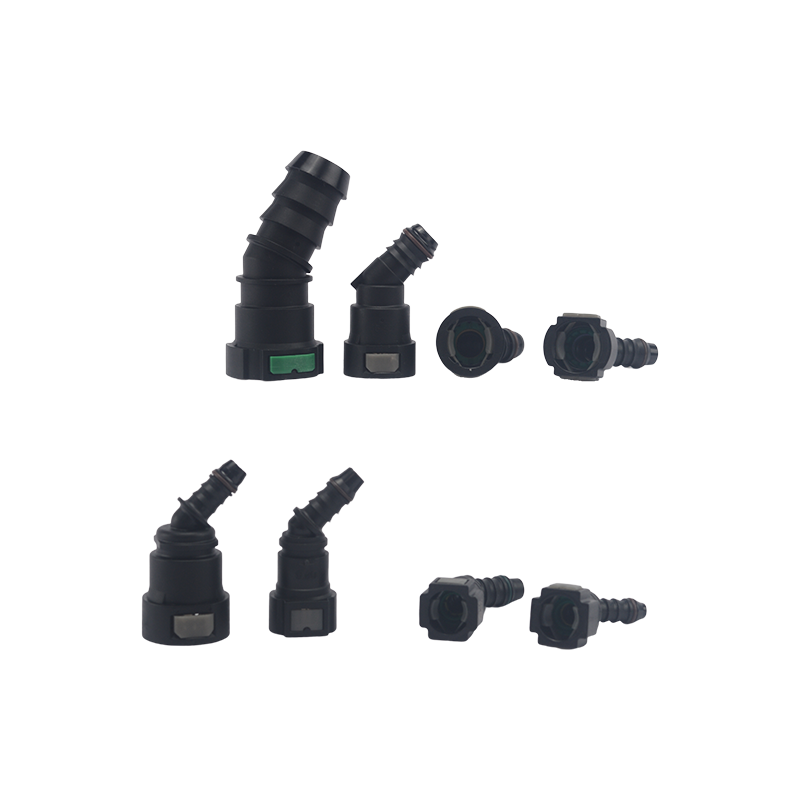Understanding Coolant Hose Quality for Your Vehicle
The automotive coolant radiator hose and coolant hose are critical components of your vehicle’s cooling system. They are responsible for transporting coolant to and from the engine and radiator, helping to regulate the engine temperature. The quality of these hoses directly affects the efficiency of the cooling system and the overall performance of the engine.
Poor-quality hoses can cause various problems, such as coolant leaks, engine overheating, and coolant flow obstruction. These issues can result in costly repairs and downtime, potentially causing engine damage or even complete engine failure.
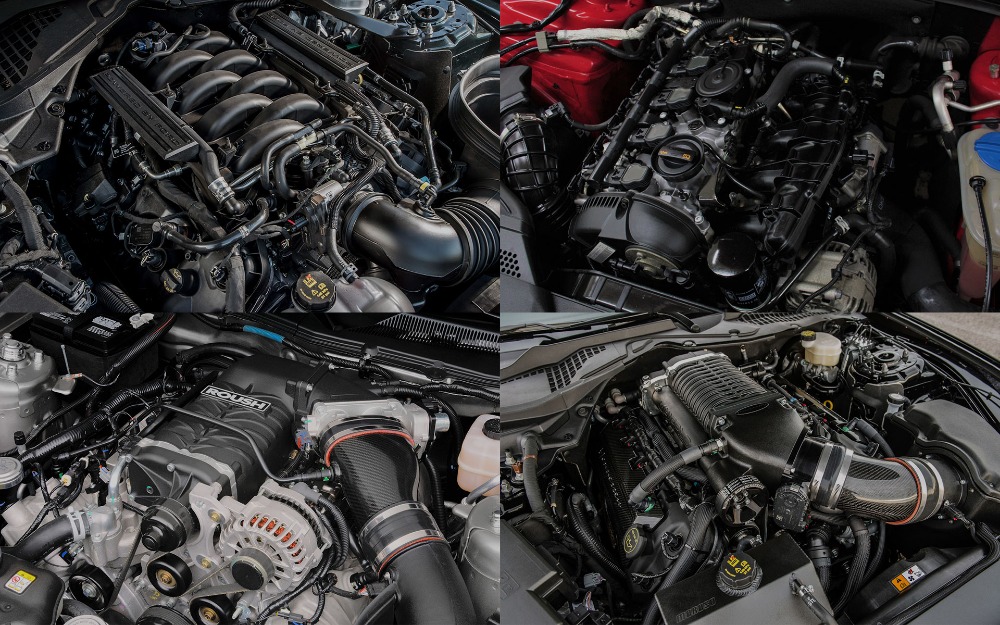
Key Factors That Influence Coolant Hose Quality
1. Material Composition
The material used to make the coolant hose and automotive coolant radiator hose is one of the more important factors determining the hose’s quality. Common materials include rubber, silicone, and thermoplastic elastomers, each with its own advantages and drawbacks.
Rubber Hoses: Rubber hoses are commonly used in vehicles due to their flexibility, affordability, and ease of installation. However, rubber hoses are prone to degradation over time, especially under high temperatures. Exposure to heat and pressure can cause the rubber to crack, harden, and lose its elasticity.
Silicone Hoses: Silicone hoses are known for their outstanding heat resistance and durability. They can withstand higher temperatures and pressure levels compared to rubber hoses, making them ideal for high-performance vehicles or those used in excessive conditions. While more expensive than rubber, silicone hoses offer outstanding longevity and are less prone to cracking or hardening.
Thermoplastic Elastomers (TPE): TPE hoses combine the flexibility of rubber with the durability of plastic, making them resistant to wear, chemicals, and high temperatures. These hoses are often used in modern vehicles for their resistance to degradation and long lifespan.
2. Temperature and Pressure Resistance
The Automotive Coolant Radiator Hose and Coolant Hose must withstand excessive temperature variations as they move coolant through the engine. Coolant can reach temperatures of up to 250°F (121°C), especially under heavy engine loads. Additionally, the hoses must also be able to withstand the pressure generated within the cooling system.
A high-quality coolant hose is designed to resist both high temperatures and pressure. Choosing a hose with proper temperature and pressure ratings is essential to avoid hose failure and ensure the effective functioning of the cooling system.
3. Chemical and Abrasion Resistance
Coolant hoses are exposed to various chemicals, including antifreeze, coolant additives, and contaminants. High-quality hoses are made from materials that resist chemical breakdown and prevent the hoses from becoming brittle or cracking.
In addition to chemical resistance, coolant hoses are also exposed to physical wear and abrasion from rubbing against other engine components. High-quality hoses feature reinforced outer layers that resist abrasion and physical damage, ensuring they remain intact even under harsh conditions.
4. Proper Fit and Sizing
The size and fit of the Automotive Coolant Radiator Hose and Coolant Hose are critical for maintaining proper coolant flow and preventing leaks. Hoses that are too large or too small can cause restricted coolant flow, causing to engine overheating and reduced cooling efficiency.
When selecting hoses, it’s important to choose the correct size based on your vehicle’s specifications. OEM (Original Equipment Manufacturer) hoses are designed to fit perfectly, ensuring that they maintain proper coolant circulation and prevent leaks. Aftermarket hoses may be cheaper but may not always offer the same level of fit and performance.

 English
English
 Español
Español



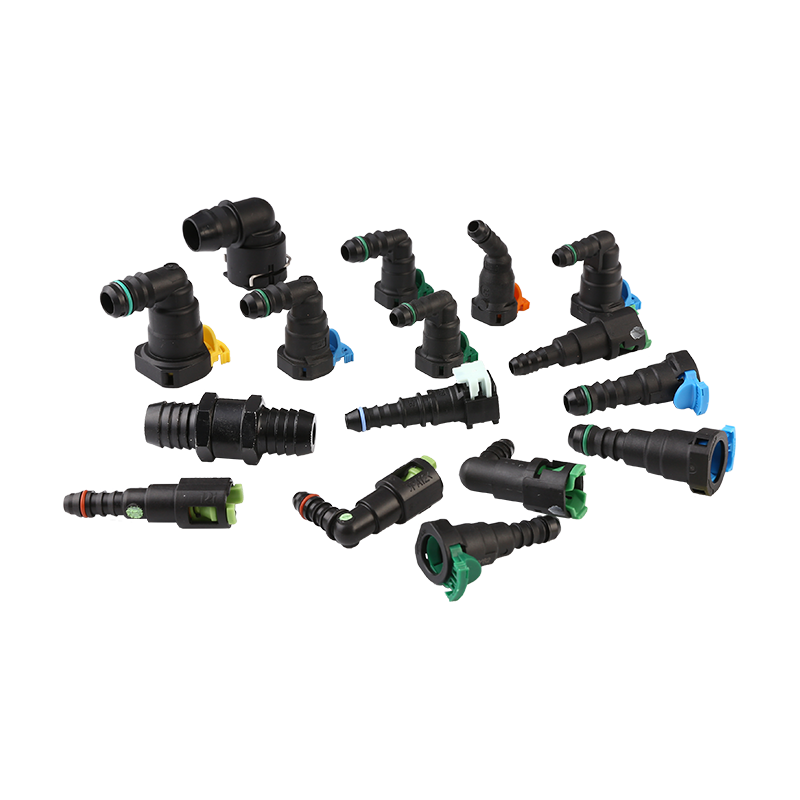
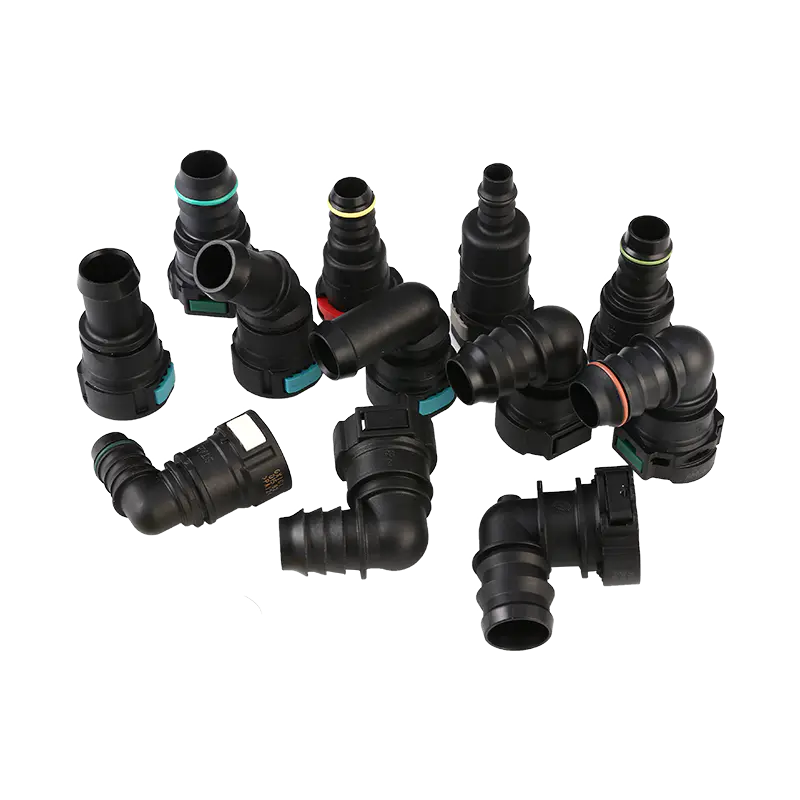

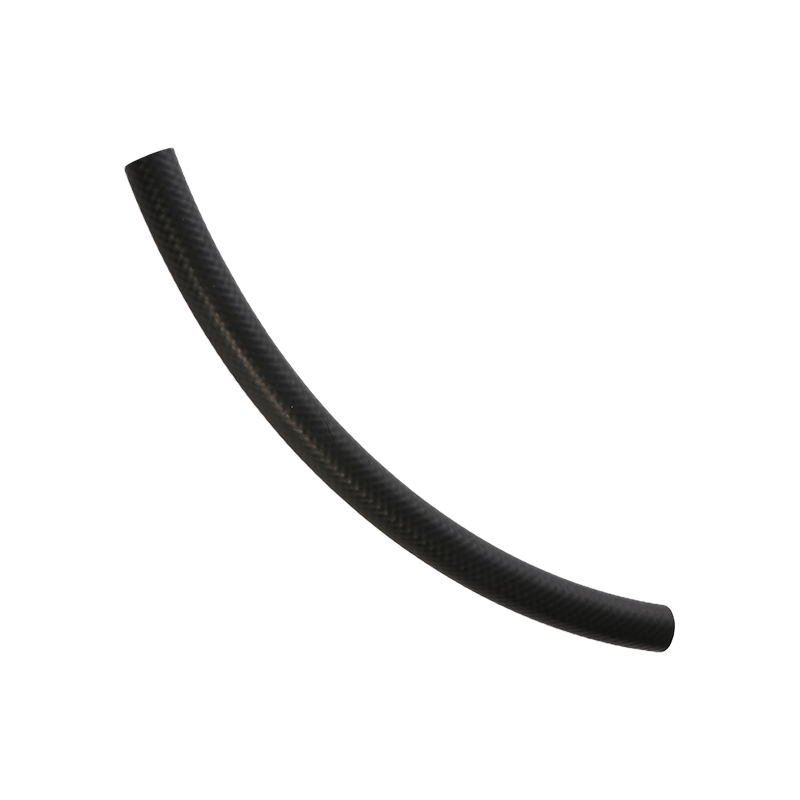
.png)
.png)
